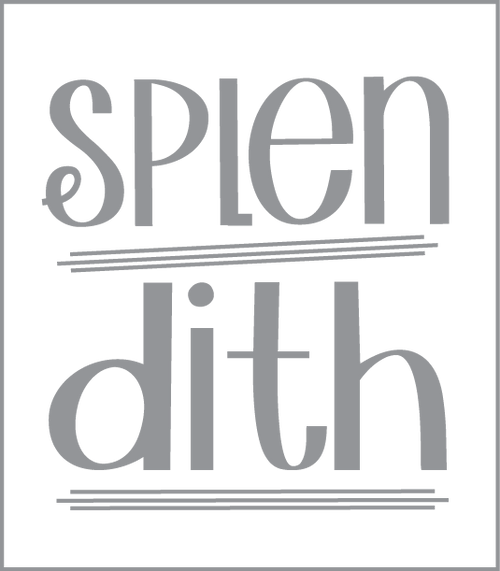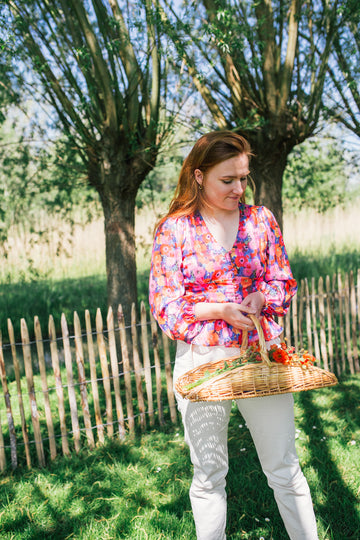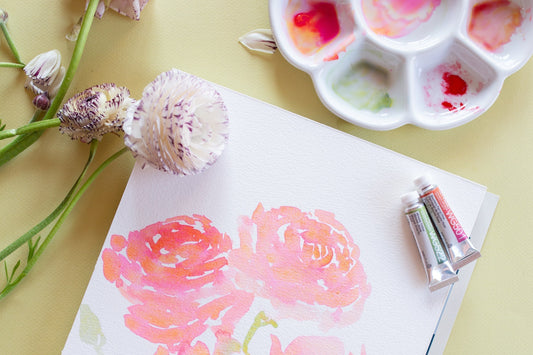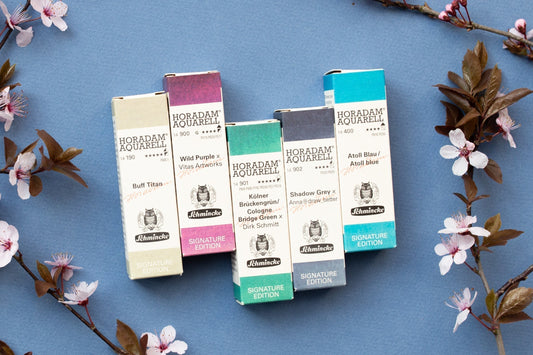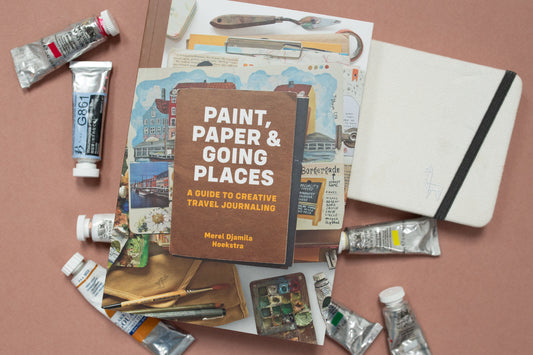The fabric largely determines how you can embroider. In the shop I sell materials for cross stitch and free embroidery. With these two styles you immediately notice the difference in fabric. For cross stitch you use AIDA fabric and for free embroidery there is no prescription for the best fabric to use.
I start with fabric for free embroidery, of course I just mentioned that there are no regulations regarding fabric for free embroidery. That certainly does not mean that there are types of fabric that are best for embroidery!
These are three things you can pay attention to when choosing an embroidery fabric
- The weave and structure of the fabric
- How thick is the fabric?
- Is the fabric elastic or not?

Weaving
The weave is the item I pay most attention to when choosing an embroidery fabric. If the weave is not beautiful, I will not use the fabric for embroidery. And what should you pay attention to that determines that a weave is 'beautiful'?
1. Even weave
First I check whether the fabric is woven evenly. If so, the fabric consists of mini squares. Those small squares are only created when the fabric is woven alternately. How can you see that? Over each wire there is another wire. For example, if you look at the fabric type 'canvas', the fabric is woven 1-2-1-2. When this is the case, small rectangles are created rather than small squares. That doesn't embroider very well. An even weave is therefore the best!
2. Even thread
Threads used in a fabric can differ in thickness. You can see this clearly with linen, where the thread is a bit thicker on some pieces than on others. By using this in the weaving, the thread can be woven alternately, but the structure of the fabric may still differ. This does not necessarily have to be a disadvantage, but keep in mind that it does not vary too widely.
How thick or thin is the fabric?
When choosing a fabric, be careful of fabrics that are too thin. If the fabric is very thin, the threads of the fabric itself are also a lot thinner and therefore less strong. If you pull a little harder on your thread while embroidering, you run the risk of tearing a thread of the fabric. A great shame, of course, if you have been working on an embroidery project for some time. If you are a more advanced embroiderer, be sure to try out thinner and fragile fabrics. I wouldn't recommend a very thin fabric to a beginner.
No stretch
Of course you can embroider on all materials, for example on t-shirts. Are you going to embroider in a hoop? Then choose a fabric that has no stretch. A fabric without stretch is best and tightest stretched in an embroidery frame. When your fabric is tight in the embroidery frame, you can embroider the finest.
For cross stitch
When choosing a fabric for cross stitch, you have to be extra picky about the even weave of the fabric. If the weave is not even, you simply cannot make an even cross stitch.
Aïda was specially developed for cross stitch. It is a cotton fabric that is stiff, for example you do not necessarily have to use an embroidery frame. An embroidery frame is of course a lot easier ;).
The structure of the fabric can be recognized by the measurements given for the types of fabric. Well-known sizes are 7, 19, 11, 12, 14, 16, 18, 22 and 28. With size 7 you can make 7 crosses per inch and you can use a thicker type of yarn. With size 28 you can make 28 crosses per inch and your thread must be thin. The fabric is often for sale in white and ecru, you can certainly also find other colors but are less easily available.
Get creative
Be sure to try out some fabrics too! Maybe you still have some fabric lying around somewhere? Just get creative with it!
And an extra tip before you start: don't wash your fabric before embroidering. By washing the fabric you will never get such a beautiful and neat structure again.
Love,
Judith
Ps, in the next blog I will share my favorite types of fabric to embroider on!
